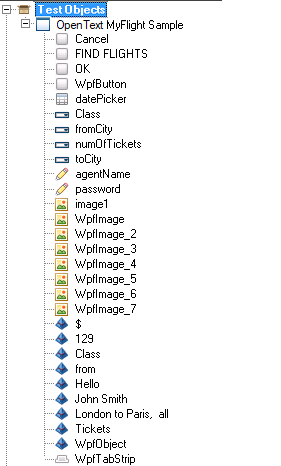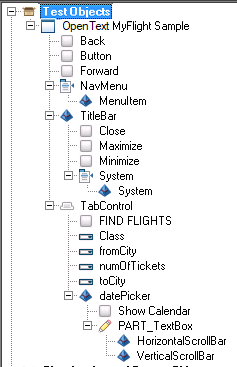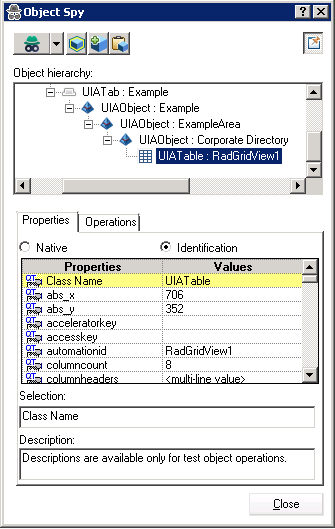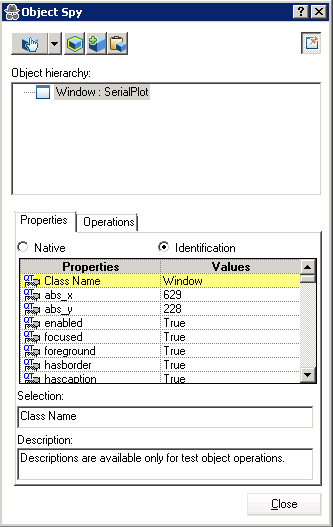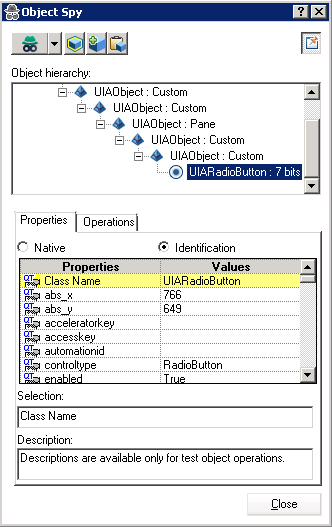When to use UI Automation
Use OpenText Functional Testing UI Automation support as follows:
-
Create tests exclusively of UI Automation test objects
-
Mix UI Automation objects and normal test objects (such as WPF, or Windows Forms)
-
Use UI Automation support only when normal object identification is not sufficient for your testing needs.
For example, use UI Automation support in the following scenarios:
-
When OpenText Functional Testing's normal object identification support is not sufficient for testing your application
Because OpenText Functional Testing identifies UI Automation objects based on Control Types and supported patterns, the object identification can differ from other standard Windows-based object identification.
This can mean:
Use UI Automation when normal object identification is not sufficient, and UI Automation object identification is more in line with the functional design of the application.
-
When OpenText Functional Testing does not support your technology or your version of a technology
As different technology frameworks expand their abilities and functionalities, OpenText Functional Testing may not adequately identify the application objects, either in type or functionality. In this case, using UI Automation enables you to adequately identify and test the application.
Use UI Automation when it enables you to identify objects in your application when OpenText Functional Testing otherwise could not.
 See also:
See also:






